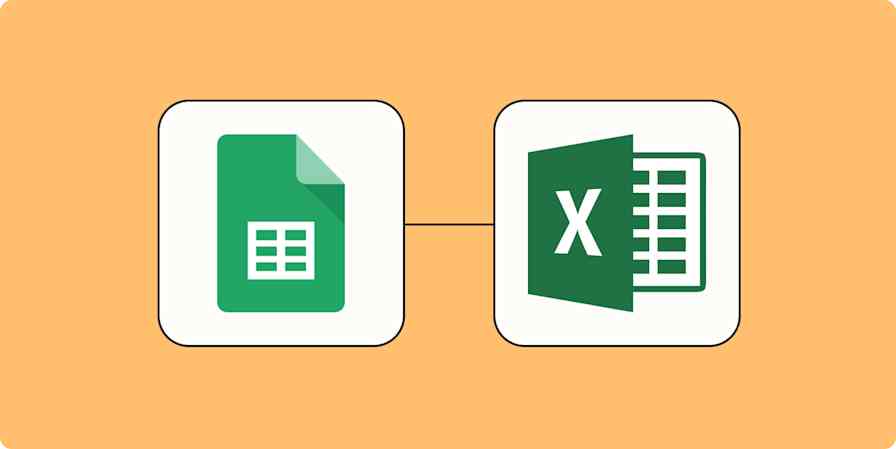App tutorials
8 min readHow to use conditional formatting in Google Sheets
Make it easier to visualize key data at a glance.
By Jessica Lau · June 23, 2024

Get productivity tips delivered straight to your inbox
We’ll email you 1-3 times per week—and never share your information.
mentioned apps
Related articles
Improve your productivity automatically. Use Zapier to get your apps working together.







